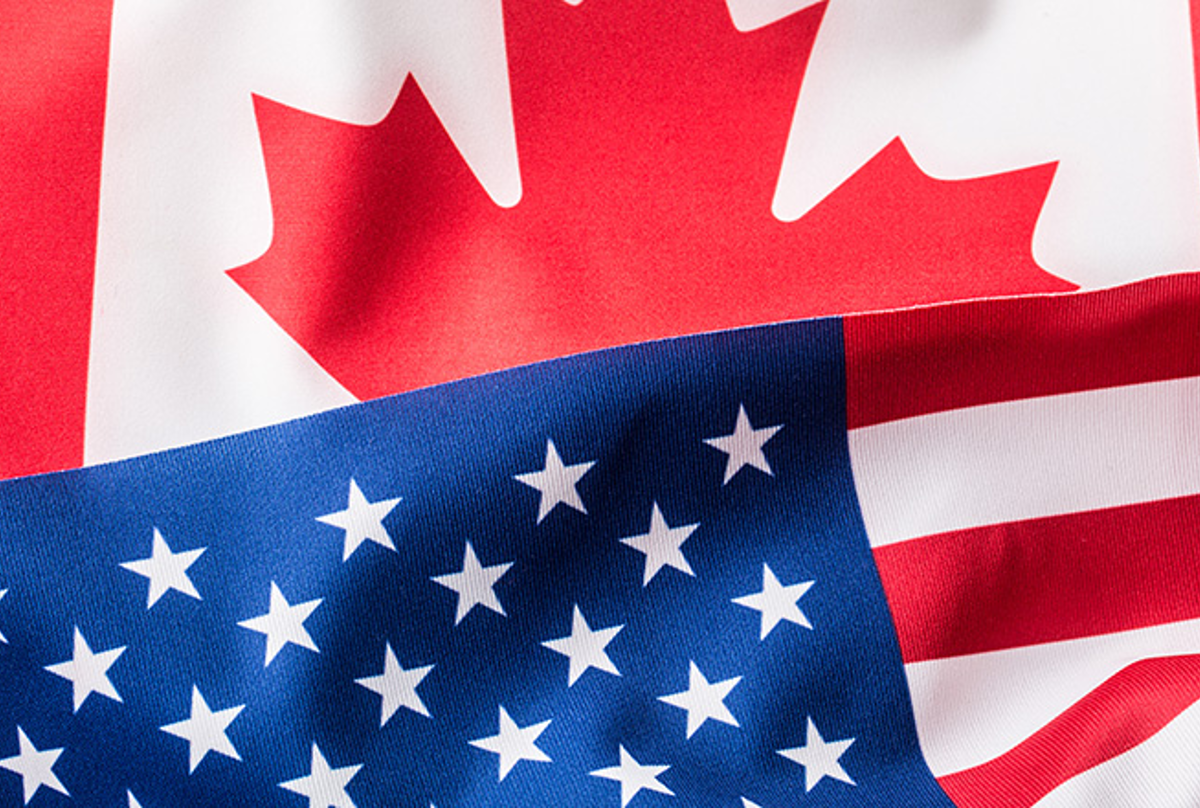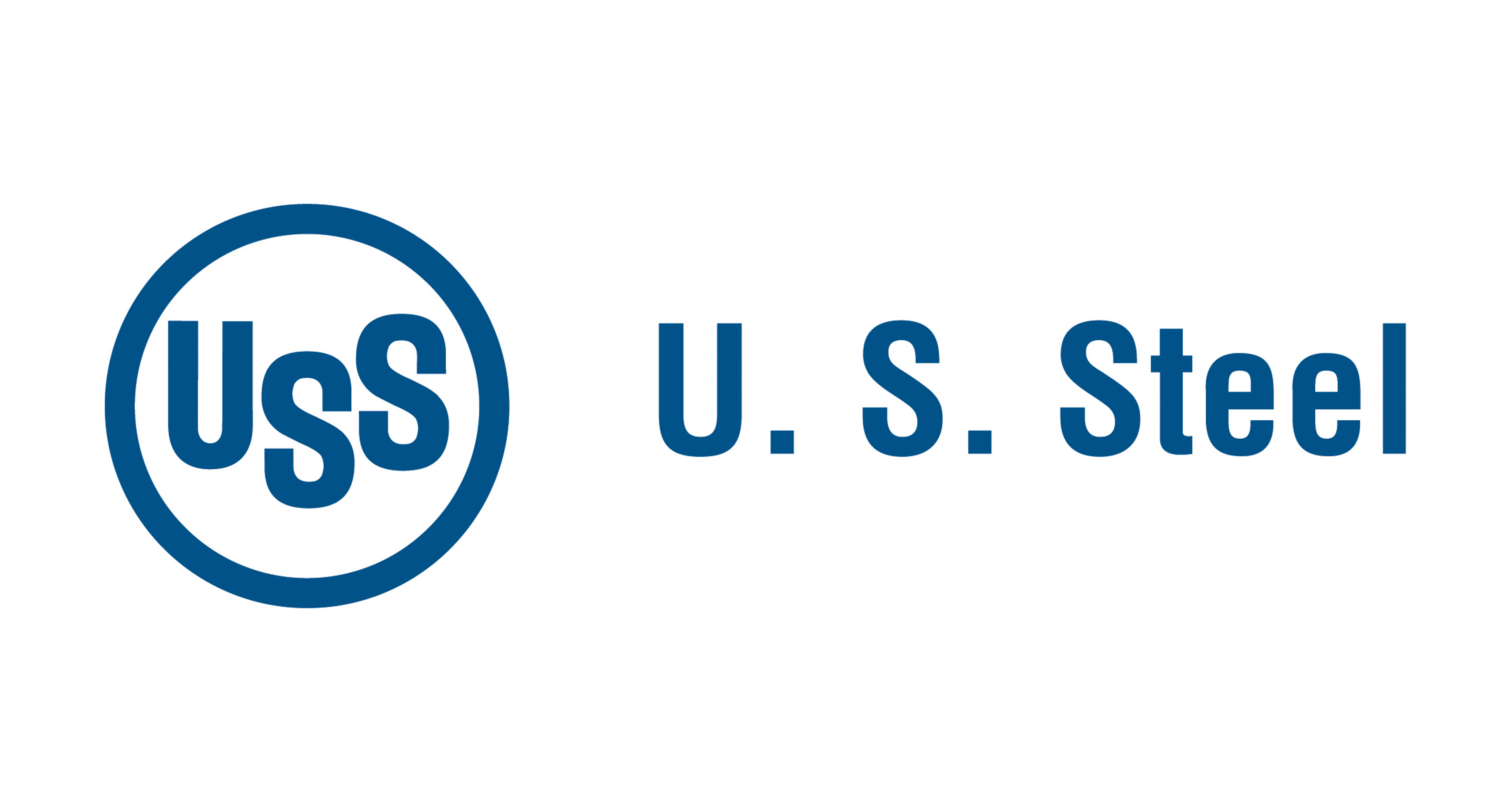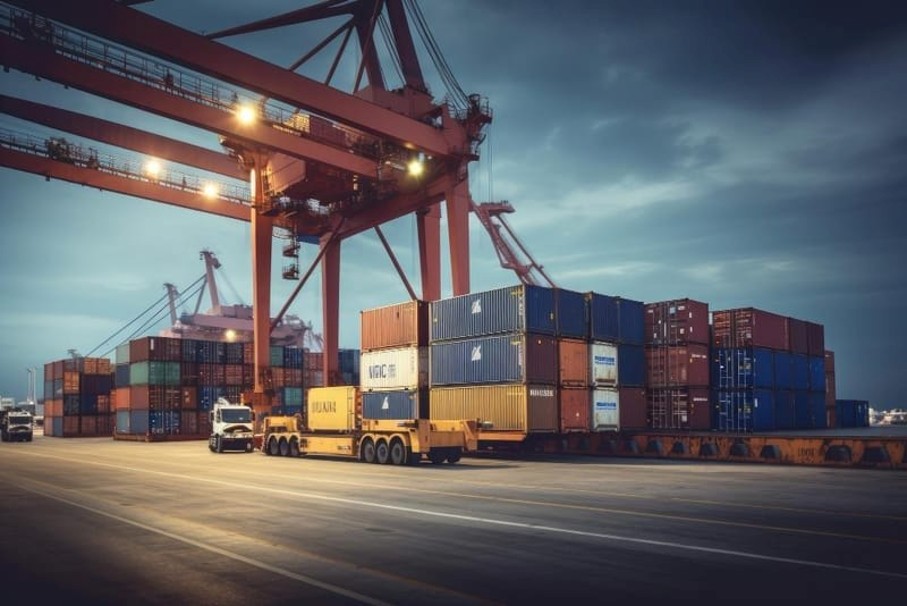Government/Policy

March 27, 2022
Leibowitz on Trade: A Week 'Not Entirely Uneventful'
Written by Lewis Leibowitz
Too much went on last week to limit this week’s column to a single issue. The Ukraine war touches everything these days, including almost all recent developments on the trade front. It was a week that, to paraphrase Winston Churchill, was “not entirely uneventful.”
First, the NATO summit meeting took on issues that have divided Europe from the United States for years: Europe’s dependence on Russia for its oil and gas needs, and the priorities between privacy and national security. Second, the UK and the US announced an agreement to replace Section 232 tariffs on imports of British steel with quotas.
![]()
Third, the increasing level of violence in the Ukraine war and the steps NATO should take to hasten its end led to increased military aid to Ukraine, although not enough to satisfy President Zelensky.
The energy problem in Europe has led to initial decisions by the United States, announced on Friday, to increase its exports of natural gas to Europe. The purpose is to reduce Europe’s dependence on oil and gas from Russia. The US will increase exports to 15 billion cubic meters of gas for 2022.
As the Wall Street Journal has reported, Russia supplies Europe with about 170 billion cubic meters of natural gas per year. Fifteen billion cubic meters (equivalent to about 535 million Mcf) is less than 10 percent of the gas Russia now supplies. To free Europe, ten times more gas must be found. The US probably has sufficient gas to cover much of that 155 billion cubic meter shortfall. But the hostility of the Biden administration to fossil fuels has caused LNG export terminal construction to be put on hold. These are massive investments that require long-term returns, as the Journal reports, and companies that can make those investments need to know that they will have the time to recoup the heavy costs (LNG export terminals run in the billions of dollars).
So, is it more important to wean Europe away from dependence on Russian energy, or to reduce fossil fuel consumption? You can’t achieve one goal without hurting the other. To make a serious dent in Europe’s dependence on Russian energy, the US must do more than supply 8 percent of Europe’s needs. Still, the announcement was a forward step.
Also on Friday, the US and the EU announced a framework agreement on data privacy. The deal is aimed at permitting information flows between the EU, which has much stricter regulations on data privacy, and the United States. A 2020 European court decision struck down an earlier agreement on grounds that data privacy in the United States was inadequate. It is likely that this new deal will be challenged again. But the deal itself was made possible by Vladimir Putin’s invasion.
Another major agreement last week between the United States and the United Kingdom resolved disputes over US steel and aluminum tariffs against the UK on national security grounds. The deal tracks closely with earlier agreements with the European Union and Japan. The EU deal took effect in January, and the Japan deal takes effect on April 1. The UK deal will take effect on June 1, replacing tariffs with quotas for 54 steel and 18 aluminum product categories. The overall steel quota for the UK is 500,000 metric tons, divided among 54 categories and based on 2018-19 trade volumes. For aluminum, the overall quotas are less precise. But a division of the quotas by product categories will be announced before June 1.
British exports of steel and aluminum “derivative products” will enter the US duty-free under the agreement.
Because the UK withdrew from the European Union last year, UK steel and aluminum exports to the US were not covered by the EU deal. However, because UK and EU industries are closely integrated, a few wrinkles were dealt with in the UK agreement. To be covered by the UK agreement, steel must be “melted and poured” in the UK. But if it is processed in the EU after the steel is made, the US commits to “develop a mechanism” to count such EU exports under the UK quota. Clearly, the Biden administration has homework to do. An earlier Brexit dilemma, about regulating trade between the EU and UK through the land border between the Irish Republic and Northern Ireland, did not prevent an agreement. Again, the exigencies of the Ukraine war probably caused a few thorny issued to be resolved in a hurry.
The UK, in return for the quotas, will eliminate retaliatory tariffs on American imports into the UK. The US Distilled Spirits Council, of course, toasted the deal.
The Ukraine war was clearly a catalyst for most of these deals. Increasingly, the global trading and financial system is morphing into a dual reality—countries of the West, mostly democratic, will apply different rules to each other than to countries outside the Western orbit. With Ukraine fighting more vigorously (and competently) than most people expected (especially the Russian government), pressure will continue to grow on NATO and the West generally to provide more arms to Ukraine. Already, Russia has intimated that it will focus its efforts eastward and will not move on Kyiv and the western part of Ukraine. Perhaps an early settlement will be possible. But it does not appear very likely.
On Saturday, President Biden called directly and specifically for the removal of Vladimir Putin from power in Russia. The Biden administration has since downplayed those remarks. But clearly this was an attempt to drive a wedge between Putin and the peoples of Russia. At the very least, Biden’s remarks suggest that the current sanctions will remain on the Russian economy for some time to come – and that they are likely to tighten. As the President said, “This battle will not be won in days or months either. We need to steel ourselves for a long fight ahead.”
Lewis Leibowitz
The Law Office of Lewis E. Leibowitz
1400 16th Street, NW, Suite 350
Washington, D.C. 20036
Phone: (202) 776-1142
Mobile: (202) 250-1551
E-mail: lewis.leibowitz@lellawoffice.com







